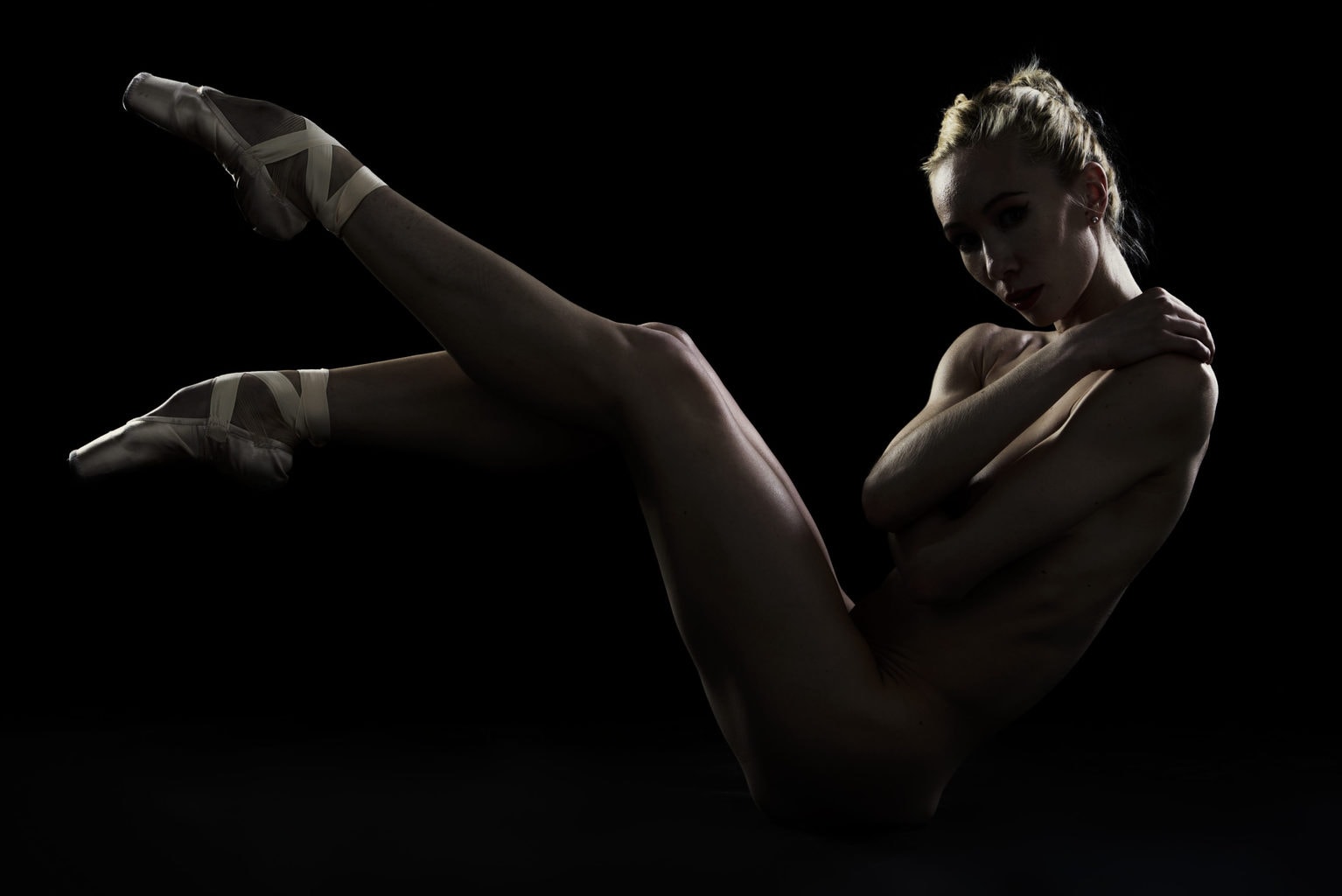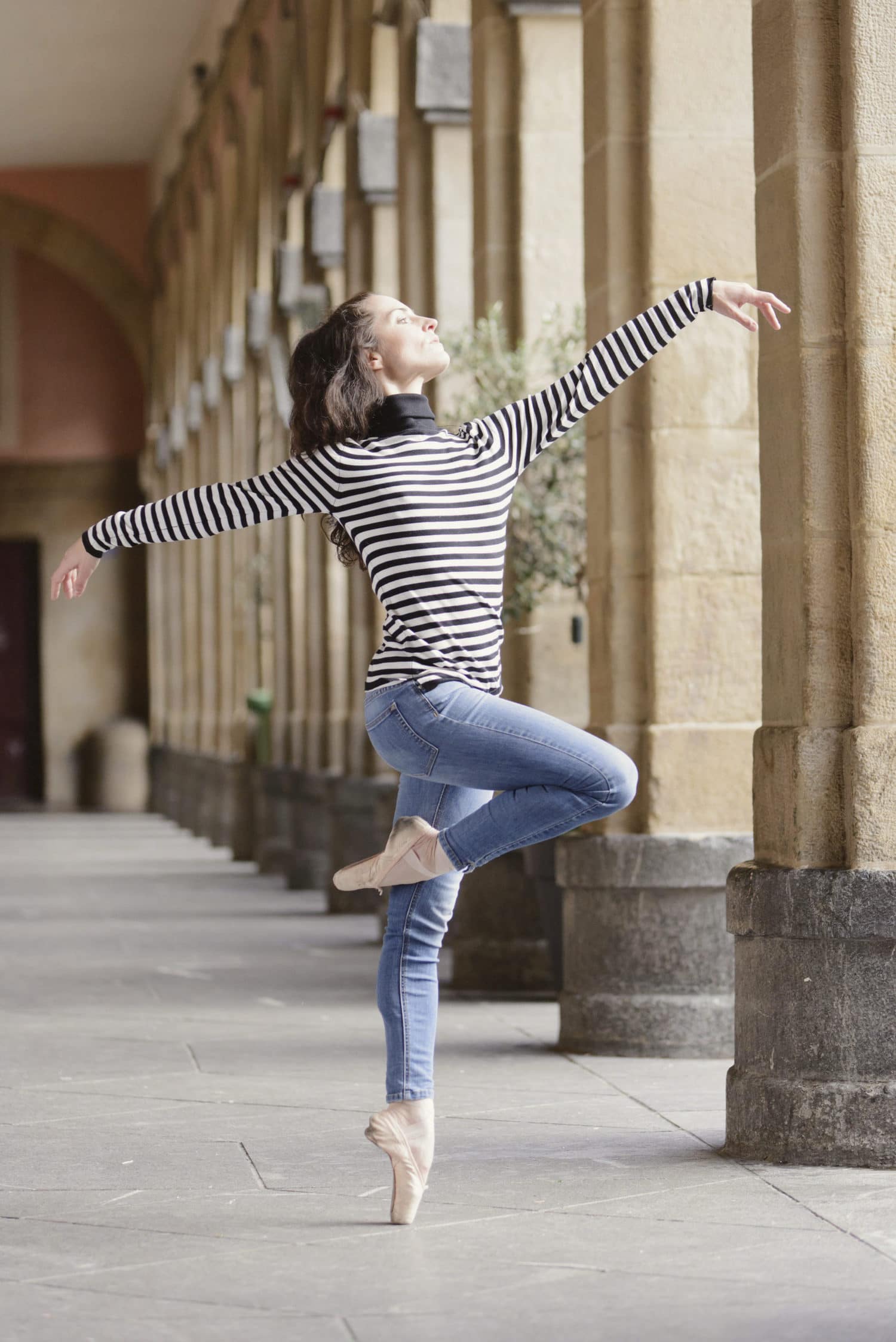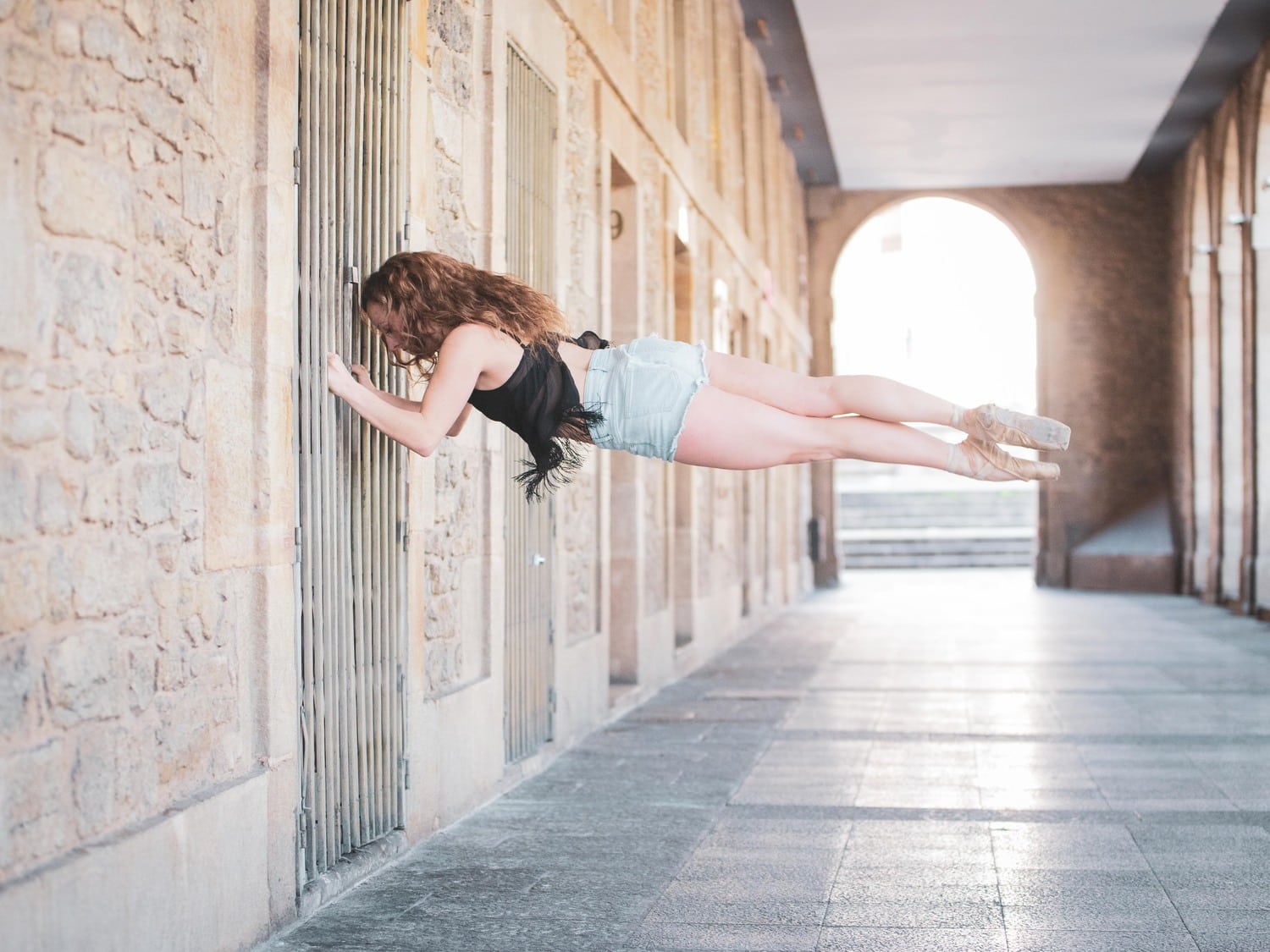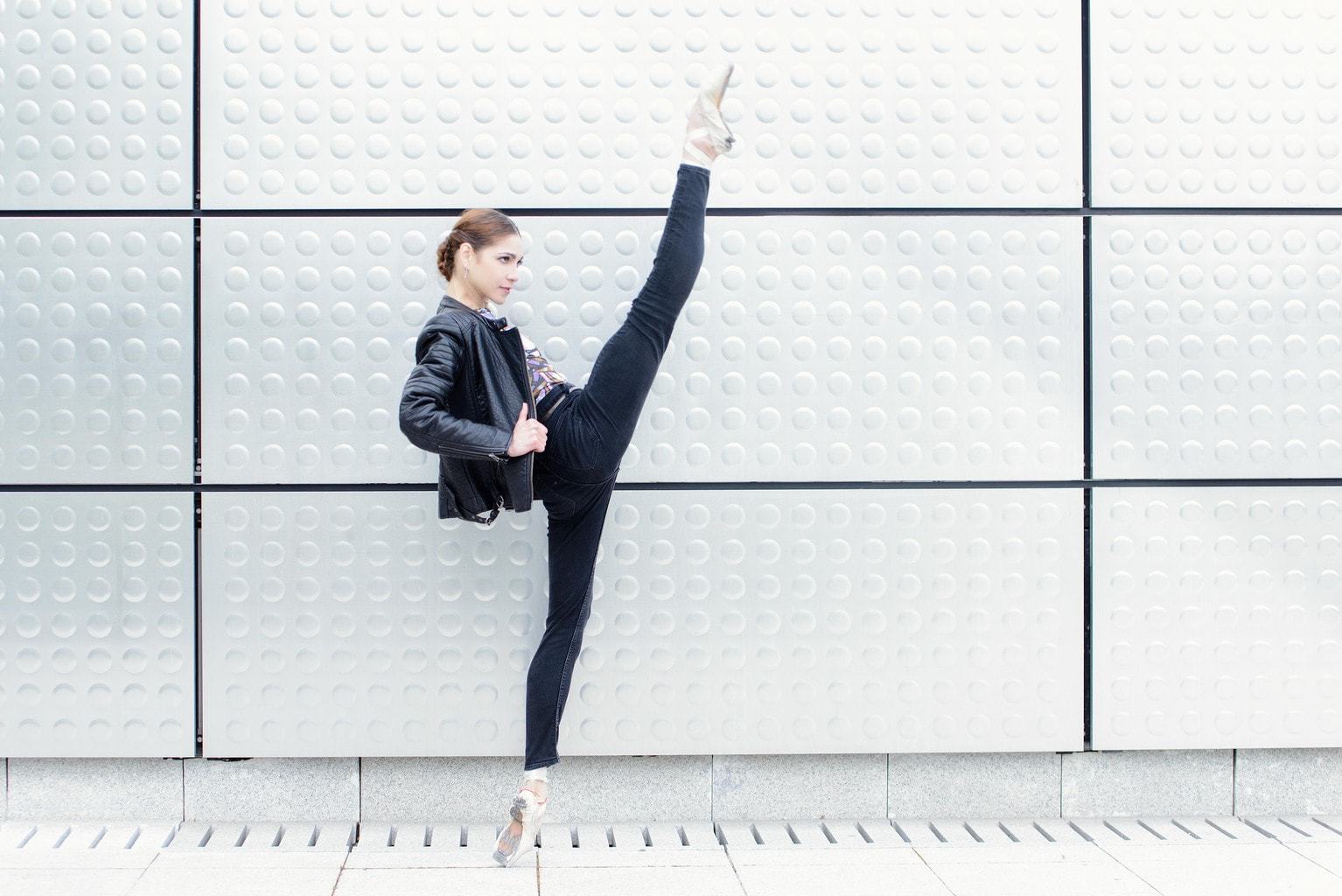This is an article by guest author Pelayo González, who brings you a series of tips on dance photography, drawn from his own experience photographing dancers.
Surely you have noticed that, recently, it seems that the subject of dance photography has become fashionable. Especially when it comes to classical ballet. All you have to do is look at the photographic portals such as 500px, or Flickr, launch any search and look at the results. We searched for nudes and out of the top 100 results, 30 are ballet dancers wearing only pointe shoes. We look for a low key and we have a lot of photos shooting in the dark with a dancer as the protagonist.
I'm lovin 'it. I have to admit that I am very happy that people, photographers, or photography enthusiasts, or whoever, have discovered the aesthetic possibilities that this type of photography has. I've been dedicating most of my work to dance photography for quite a few years now, mostly with ballet dancers and dancers, and I have to say I'm surprised no one noticed before.
<
THE THREE MAIN ASPECTS
In any case, and from my experience, the idea of this post is to give you some advice so that, in the event that you are about to do your first photo session with a dancer, or are thinking of doing one, everything go as well as possible.
For me, there are three things that are essential when doing a photo session, regardless of the type of session it is: common sense, respect and education. We are working with another person who has either hired us and is going to pay us for our work, or is collaborating with us, giving us their time and image.


TIPS FOR PERFORMING THE DANCE SESSION
So, based on these three things from the previous point, we are going to see how to get the most out of the session.
1. CLARITY AND SINCERITY
Make clear what you are looking for in that session and be honest with what you offer. And find out what the person you are going to work with expects of the session. It is the best way that there are no misunderstandings. Be humble, but don't be too modest either.
2.KEEP IT SIMPLE
Come on, don't complicate your life. I'm assuming you haven't worked with dancers before, so find an environment (or lighting scheme, if you're in the studio) that you're comfortable with and don't have to worry too much about. This way you can focus on learning from the person you are working with and absorb everything they can contribute. This will allow you to improve a lot for later sessions.
3. REPEAT THE PHOTO
Repeat the photo as many times as necessary until you are BOTH happy with it. Sometimes, especially at the beginning, you have to repeat the photos many times. It's normal, don't despair. But it is important that both of you are satisfied with it. As we said before, assuming it's a collaboration, this person is dedicating their time and their image to you and it wouldn't be fair if they didn't take at least one decent photo. Keep in mind that for a ballet dancer, if you upload a photo in which she is not correctly uploaded to the point, it is like someone uploading a portrait that you have taken that is not in focus.
4. LEARN THE TECHNIQUE
Learn the technique of what you are photographing. I also assume that you are not technically savvy or an expert in the type of dance you are photographing, so when your model doesn't like a photo, find out why. Ask him what is wrong; or when you have them in front of you on the PC, compare the one that you have considered good with the rest and discover what is wrong with them. Knowing what you are looking for will make you have to repeat the photos much less times.
5. HAVE FUN
Try to make the session fun. It is not necessary to become a clown with a camera, but I can assure you that experience has shown me that the results are better when there is good vibes in the session. The more fun the shooting is , the more relaxed everyone is and the more comfortable they work.
6. CHOICE OF PHOTOS
Choose the photos between the two of you. As I said before, it is important that you both agree on which photos you are going to publish. What you can do is, in a first step, discard all the photos that are not correct from the photographic point of view (out of focus, moved, eyes closed, etc.) and, of those that remain, choose the dancer which ones are right from your point of view. Over time you will be able to rule out photos that are wrong when it comes to dance in the first pass. And even to offer you a selection that you directly love.
7. ENJOY
Enjoy, enjoy and enjoy. If all of the above is true, the shoot should go smoothly, so have a lot of fun in your first experiences with dance photography.



